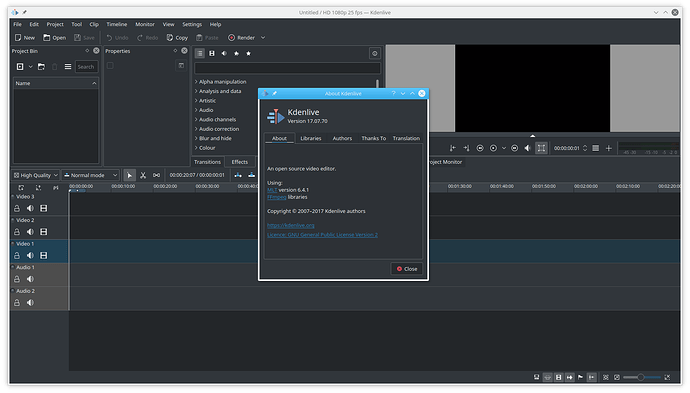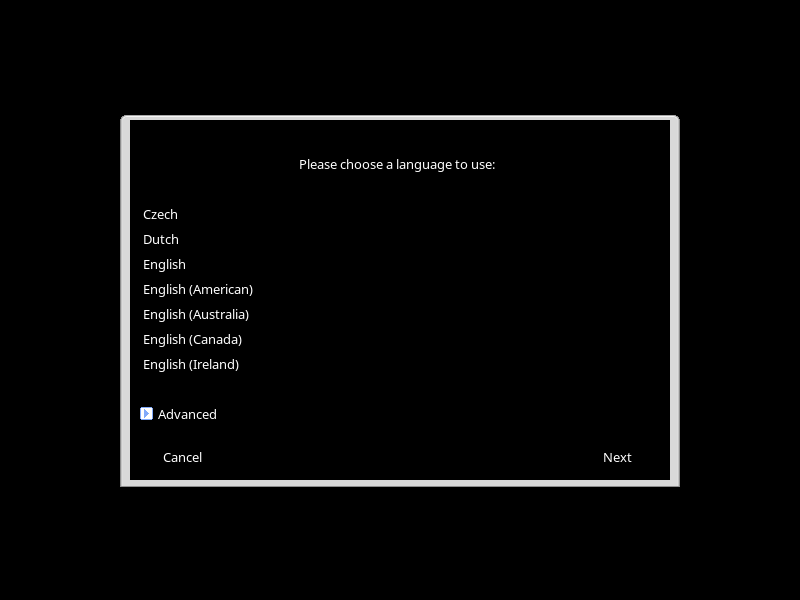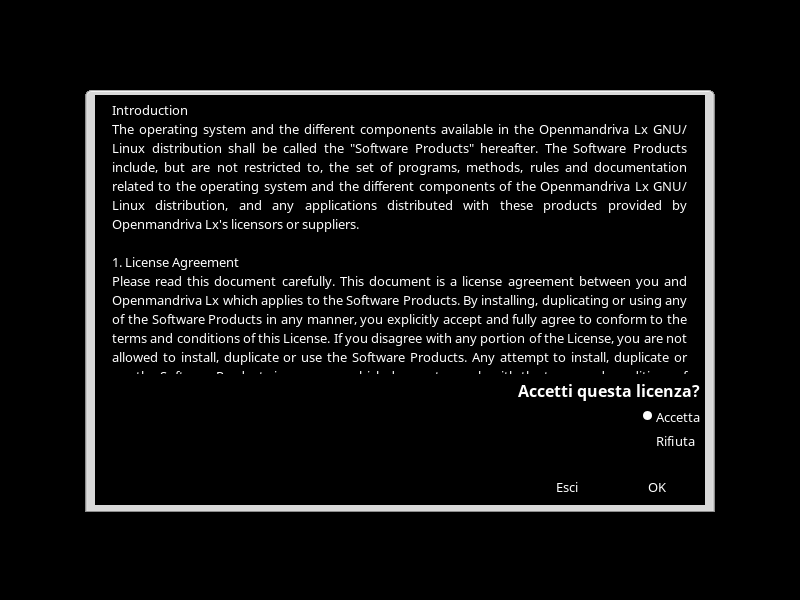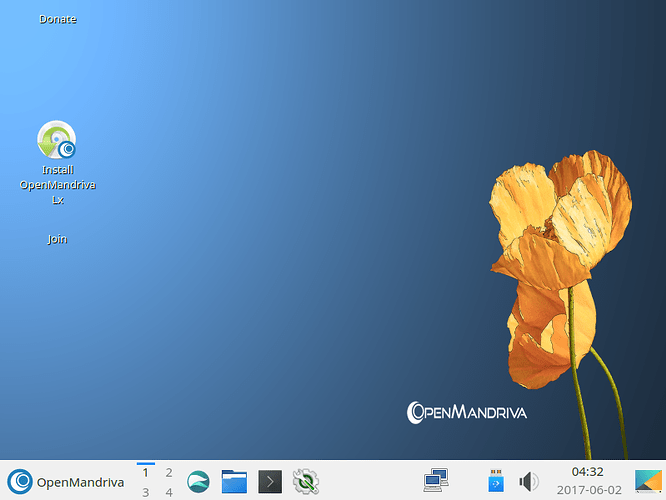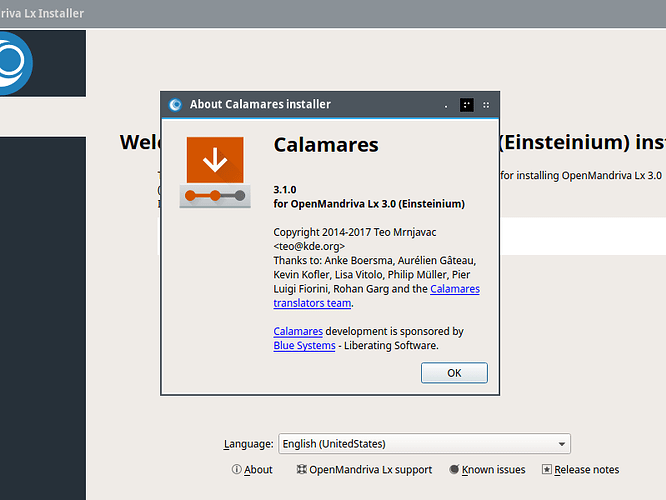Good morning for all (it’s morning here in Argentina !).
Good afternoon for the Europeans !
My report, part 1.
It was done over direct hardware (no virtual machine).
As others had reported, I had tried to install directly from USB at boot without success.The machine simply reboot very soon in the installation process.
The USB can boot in Live mode. I’m writing from OMV Lx 3.02, build 1082, right now.
One single observation: if I select “Errata” at the boot screen, the errata of LX 3.01 appears (anyway, that errata is empty). But in the page of 3.01 errata there’s a link pointing to “Release 3”. Clicking on it goes to all the articles under “release 3”, as expected. The point is “3.02/Errata” EXIST.
Another point, common to all versions of OMV Lx, is that the License only appears in English, even after selecting “Spanish” in the first screen after the boot screen. Mandriva 2010.2 had the license in Spanish !! (I guess this is not that much serious, as 99,9999% of users will press “next” without reading the license !)
I have a nVidia GTX 650 graphic card. inxi says, apparently, OMV Live is not using nvidia proprietary (logically !) nor nouveau driver. Graphics are at full resolution (1920x1080 for my configuration).
$ inxi -F
System: Host: localhost.localdomain Kernel: 4.11.2-desktop-1omv x86_64 (64 bit) Desktop: KDE Plasma 5.9.5
Distro: OpenMandrivaLinux 3.0 Einsteinium
[...]
Graphics: Card: NVIDIA GK107 [GeForce GTX 650]
Display Server: OpenMandriva X.org 119.3 drivers: (unloaded: fbdev,vesa)
Resolution: 1920 x 1080 @ 60.00hz
GLX Renderer: Gallium 0.4 on NVE7 GLX Version: 3.0 Mesa 17.1.0
[...]
But lspci says it’s using nouveau:
$ lspci -v
[...]
01:00.0 VGA compatible controller: NVIDIA Corporation GK107 [GeForce GTX 650] (rev a1) (prog-if 00 [VGA controller])
Subsystem: eVga.com. Corp. GK107 [GeForce GTX 650]
Flags: bus master, fast devsel, latency 0, IRQ 26
Memory at f6000000 (32-bit, non-prefetchable) [size=16M]
Memory at e0000000 (64-bit, prefetchable) [size=256M]
Memory at f0000000 (64-bit, prefetchable) [size=32M]
I/O ports at e000 [size=128]
Expansion ROM at 000c0000 [disabled] [size=128K]
Capabilities:
Kernel driver in use: nouveau
Kernel modules: nvidiafb, nouveau
No glitches, at least no up to now (after 20 minutes of use) !!
Checklist, part 1:
Checklist OMLx 3.02 development ISO build 1082
Does iso burns on usb stick - YES -
Does the grub/boot screen appears - YES - (*)
Does the options in grub/boot screen works - YES, but not all options tested. “Direct installation” option can be selected, and installation process is launched, but installation cannot be completed.
(*) In my PC, I can select which drive must be used to boot. I have two options regarding USB: “USB drive” and “UEFI mode USB drive”. If I select first option, I get 4 options at grub menu. If I select the second, a fifth option appears: “Use UEFI image at boot”. A good proof that UEFI works at least in my PC (3 1/2 years old).
LIVE MODE in VirtualBox: NOT TESTED
LIVE MODE in Hardware
Does autologin for user works - YES -
Does default graphical desktop shows after login - YES -
Does default graphical desktop is useable (basics, like menu, file manager, web browser) - YES -
Plymouth does show up
INSTALLATION in Hardware
Install starts from ISO menu, but after some seconds, PC reboots. A known bug.
Edit:
Glitches appeared !!!
But they’re only notable after starting to see YouTube videos and Facebook pages !!!
